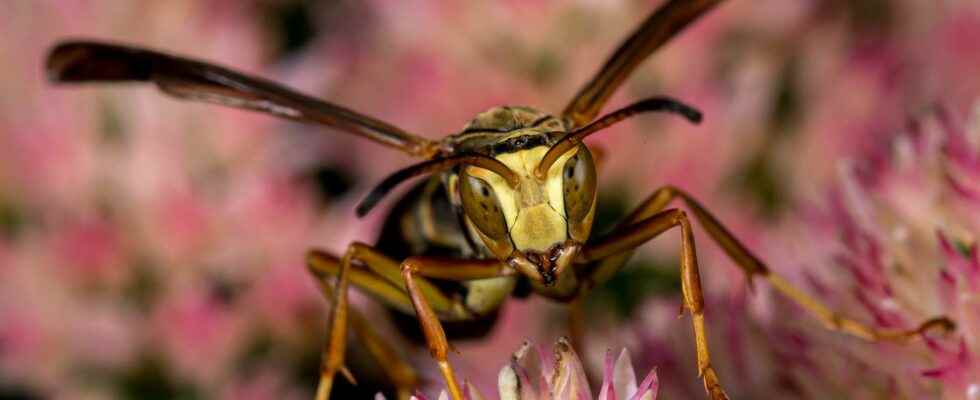“Beasts of science” is like a collection of stories. Beautiful stories that tell the living in all its freshness. But also in all its complexity. A parenthesis to marvel at the treasures of the world. For this new episode, let’s discover a little beast not always welcome: the paper wasp.
You will also be interested
[EN VIDÉO] “Being with the bees” to work with nature “Being with the bees” is an hour and a half of wonder. An hour and a half to learn all about these wonderful pollinating insects. To learn to love them a little more. And to work with nature to preserve this biodiversity that makes us live One hour and a half to start changing the world… © Jupiter Films
The paper wasp. You know ? As its name suggests, it is a kind of wasp. Oh, not the most aggressive of them all. Its sting, on the other hand, is known to be extremely painful. Some suffer for hours. So, it is better not to mess with it, without however being tempted to eliminate it too quickly because the paper wasp plays a capital role in the environment. It feeds on the nectar of flowers. And thus works on their pollination. But that’s not all. Because its larvaethey feed on insects that are harmful to crops, such as caterpillars.
And then, the paper wasp, despite its brain very small, presents astonishing capacities. She knows how to learn and she has a amazing memory. She can thus, for example, distinguish the different individuals of her species. By simply observing their facial markings. And beware of the one whose brands are not familiar to her…
The paper wasp also knows how to adapt its behavior according to the memory it keeps of past interactions. She would even be able to rely on a known situation to get out of a situation that would be unknown to her. And height of the cognitive delicacy of the paper wasp, it would be able to make the difference – or to establish the resemblance – between different situations or between similar situations.
An ability that is not given to all
If this sounds obvious to you, it really isn’t for everyone. Primates, dolphins, parrots, corvids or even pigeons have access to this kind of distinctions. On the side of invertebrates, only the European bee is in this case. At least, in the current state of knowledge of researchers. And now, we will have to reckon with the paper wasp.
how the researchers did they establish it? They first trained female paper wasps to distinguish pairs of visual stimuli. Same or different stimuli. Colored pieces of paper or the faces of other wasps. Stimuli they are used to paying attention to in their wild everyday life. A pair, only, being associated with a electrical shock harmless, but unpleasant. Then, the researchers exposed the same paper wasps to new pairs of stimuli. When the wasps managed to avoid the electric shock, their choice was judged. ” Well “. And 80% of the wasps did just that. ” Well “ choice.
Paper wasps have even been shown to be able to apply learned rules — surprisingly quickly, after just a dozen tries — to stimuli that are no longer visual, but olfactory — the diffusion chemical odors similar to those emitted by their nestmates. A proof solid, for researchers, that they are capable of forming abstract concepts. One more proof that the paper wasp is not so stupid. And that the brain size — which in this case contains less than one million neuronscompared to more than 80 billion in humans — is not a limiting factor ofintelligence.
Interested in what you just read?
